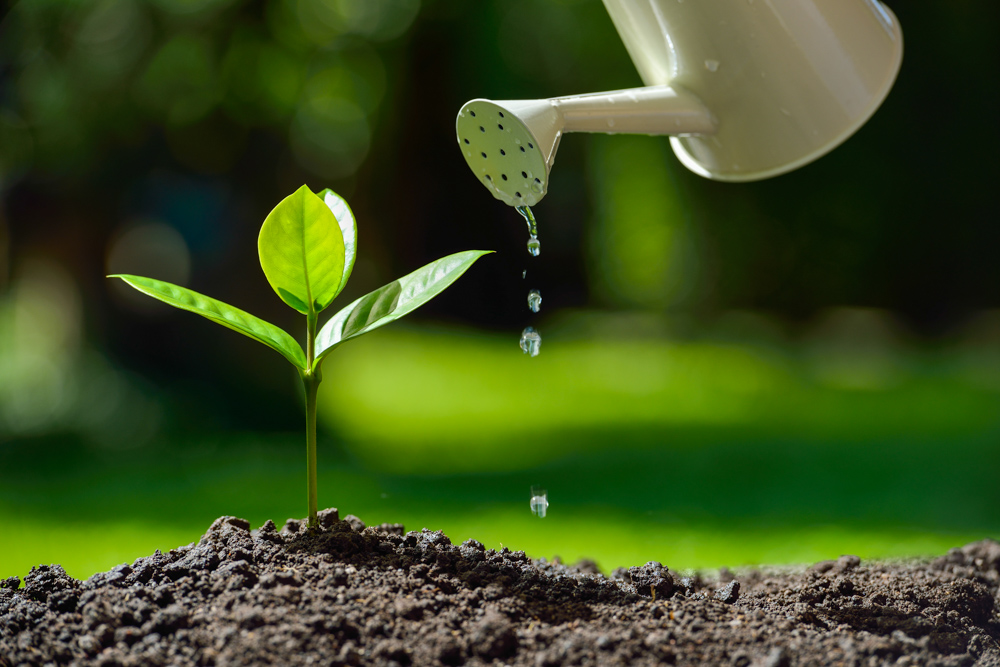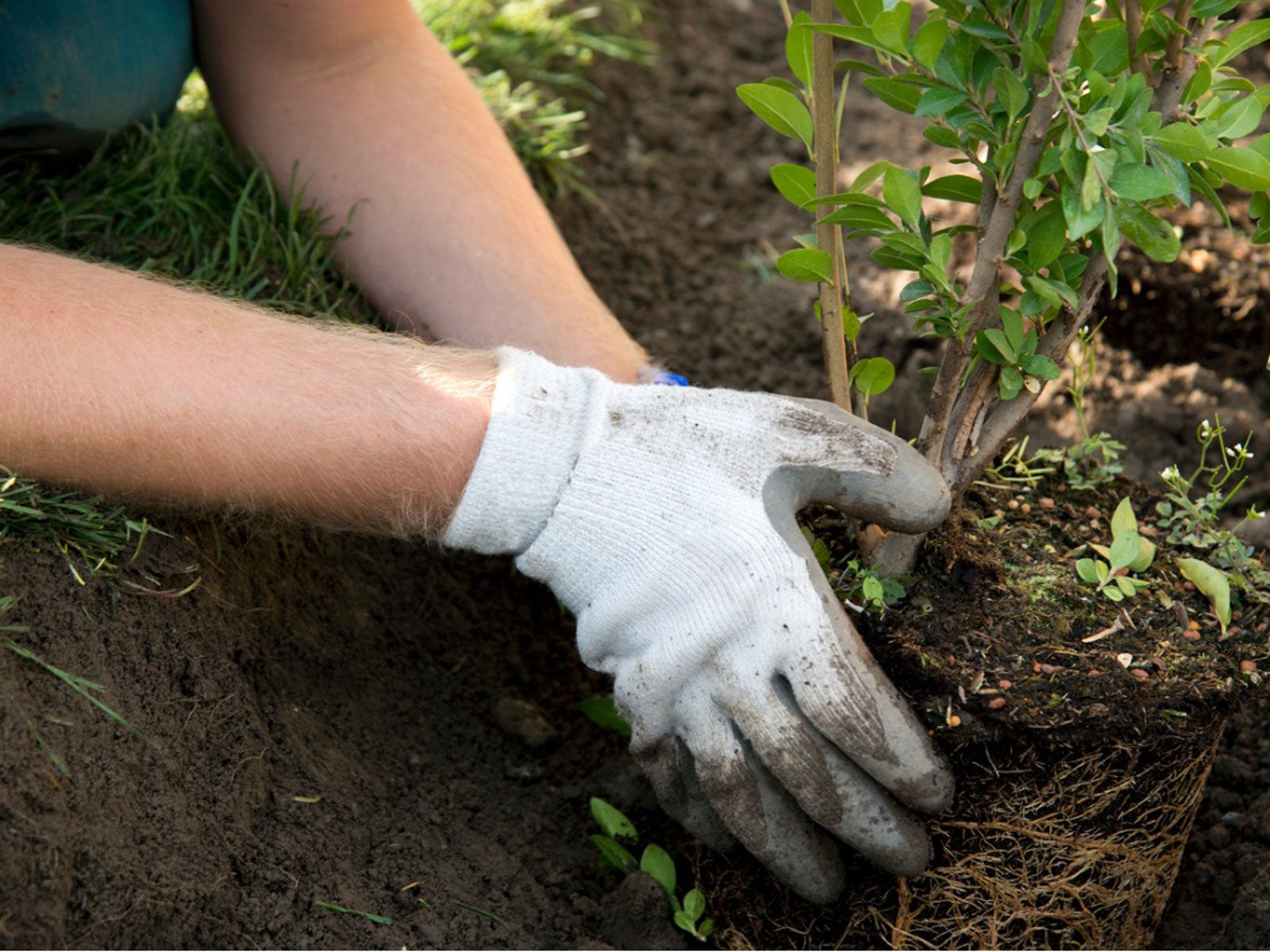
Transplant Shock 10 Ways To Minimize Transplanting Shock
3. Avoid and Fix Rootbound Plants. Tangled roots can hinder water and nutrient absorption, worsening transplant shock. When moving a perennial from a pot into the garden, pay attention to the roots. Rootbinding happens when a plant is left in its pot too long, and the roots outgrow the container.

TRANSPLANT SHOCK What it looks like and how to help plants recover YouTube
Can Plants Recover From Transplant Shock? Most of the time, plants will recover from transplant shock. They need time to regrow the lost and damaged roots and start getting moisture and nutrition from the soil again. How Long Transplant Shock Lasts

Learn How To Avoid And Repair Transplant Shock In Plants
Transplant shock. You take a plant that has been growing in a protected environment, perhaps in a greenhouse or under lights in your basement. The temperature has been optimum as has the soil moisture. The plants never wilt and there is likely some plant food in the growing media. There is no wind.

How to Avoid Transplant Shock
Transplant shock, what it is and key signs to look out for Transplant shock is a combination of three causes. Upon moving a tree or plant, it undergoes: physical abuse (bruising and wounds), a reduction in size (roots and branches are cut off), and it ends up in a new environment. Each of these factors may lead to transplant shock.

How To Fix and Avoid Transplant Shock YouTube
Dissolve a couple of tablespoons in a gallon of water using Epsom salt for transplant shock. Like the sugar water method, use this solution to water your plant after transplanting. Monitor the plant's reaction; if it responds well, consider adding Epsom salt to your regular plant care routine, but always in moderation. 7.

How to Fix Transplant Shock in Plants Symptoms, Prevention, and Solution Real SelfSufficiency
A transplant shock could stay for 2-3 weeks up to a few months, depending on the plant/tree you are cultivating. How Long Does a Transplant Shock Take To Cure in An Indoor Plant? It takes almost 2-4 weeks to cure and revive a transplant shock in a normal houseplant. However, the period could get stretched depending on the intensity of the.

How Long Does Transplant Shock Last? + [How to Prevent and Cure It]
Soil In order to reduce the stress your plants endure after being transplanted, prepare the soil in your garden or in your larger pots before moving them. Loosen the dirt and work in some organic matter so there is adequate drainage and plenty of nutrients available from the very beginning. Timing

Avoiding And Fixing Transplant Shock In Plants
The ideal times for transplanting plants are early spring and autumn — this is why it's a good idea to start seeds a couple weeks before the last frost and first frost. So, when is it time to repot? With indoor houseplants, you really don't need to repot your plants more often than every year or two (unless you have pests or root rot).

How to Deal With Transplant Shock Plants, Transplanting plants
10 Tips On How To Prevent Transplant Shock Symptoms Buy Healthy Plants. Before buying a new plant, choose the best and healthiest ones.Do not buy (AVOID) any plant that looks like it is experiencing problems, suffering from pests (use a neem oil insecticide spray), fungi, diseases, or other issues.Don't buy root-bound plants or plants with root damage.

How to avoid Transplanting shock when transplanting lettuce and other plants in Aquaponics setup
Avoid Transplant Shock Treehugger / Christian Yonkers So, when you transplant your tree, a very delicate balance is altered. This is especially true when transplanting "wild" trees from.

How to Transplanting Plants 101 Ask The Doc, Avoid Transplant Shock Seedlings Indoor
1. Harden off appropriately over the week before transplanting Transplanting can be a traumatic experience for plants, often leading to stunted growth and transplant stress. There are various ways to minimize this, however, the most crucial being to harden off the plants before transplanting them.

Preventing Shock Loss After A Hair Transplant
Use Good Transplanting Technique You can avoid stressing out your plants if you use care when transplanting. You may not be able to completely eliminate transplant stress, but by transplanting correctly you will mitigate as much stress as possible. Here's how to do it. Turn your container upside down.

Propagation and Transplanting How to Avoid Transplant Shock YouTube
Transplant shock When you move a plant from its place to another, it's a bit like a shock to them as they never expected this sudden relocation of their home. Newly transplanted plants won't have an extensive root system. As the roots are disturbed, they can't carry out their regular activities such as absorption of water and nutrients.

Avocado Tree Transplant Shock (How To Reduce Damage) World of Garden Plants
Add some sugar - Believe it or not, studies have shown that a weak sugar and water solution made with plain sugar from the grocery store given to a plant after transplanting can help recovery time for transplant shock in plants. It can also be used as a transplant shock preventer if applied at the time of transplanting.

How To Make Soil Blocks To Prevent Transplant Shock
Try the sugar water cure. It's perfectly natural for you to do everything right and still have a plant that is suffering from transplant shock. A great idea from Garden Tips For All is to mix a tablespoon of sugar into a quart of water. Then, avoiding the leaves, pour the mixture onto the soil and around the base of your plant.

What is Transplant Shock/ How to avoid Transplant Shock/செடிக்கு ஷாக் அடிக்குமா? YouTube
Maintain soil moisture, prune your plant, and use sugar water for transplant shock. Ahead, I'll walk you through everything you need to know to identify and prevent (or limit) transplant shock in your indoor plants, so keep reading! What Is Transplant Shock? What Causes It?